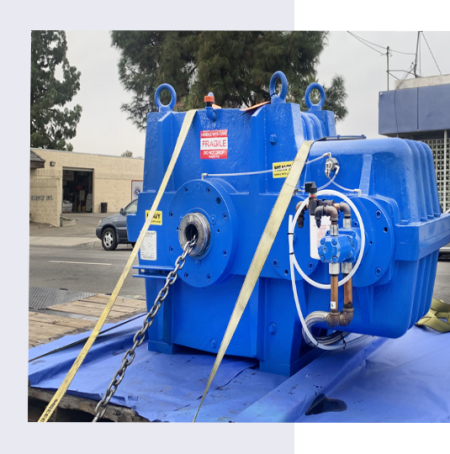How to Choose a Premium Handpiece? A dental handpiece is a very important tool for dentists and their staff. It allows them to quickly and easily remove decay and perform other dental procedures. There are different types of handpieces on the market, but not all are created equal and are not made to be used at home. This blog post will discuss a premium dental handpiece’s parts, types, and functions.
Dental Handpiece
Dental handpieces are an essential tool in any practice. This is why having the correct handpieces in your practice, as well as the systems you need to clean and maintain your handpieces is essential.
Handpiece Parts
Generally, there are three main parts of a dental handpiece:
- Handle: This long metal part allows the dentist to grip the handpiece. The lower end of the handle has a rubber gasket that secures the handpiece’s connection to the dental compressor’s back-end tubing.
- Neck: This is the portion of the handpiece that connects the handle and the head.
- Head: This is where you attach the dental burs for scaling, cutting, and polishing teeth.
Handpiece Types
Dental handpieces are a vital component of any dental practice, whether utilised for a simple cleaning procedure or a complex endodontic treatment. Here’s a quick rundown of the most common types of handpieces and how they’re used today.
High-speed (air-turbine) handpiece
With this high-precision instrument, dentists can remove hard tissue with no pressure, heat, or vibration required. They vary by design, shape, and construction material and generally run between 250,000 and 400,000 rpm.
Low-speed (air-turbine) handpiece
This handpiece type has a small, portable, air- or electric-driven motor. It spins the dental bur and other rotary attachments at a speed of 10,000 to 50,000 rpm. These devices are commonly used for removing caries and refining cavity preparations in endodontic procedures such as root canals.
Electric handpiece
Internal gears allow this type of handpiece design to run at a constant torque with steady power, running at a max speed of up to 200,000 rpm. Electric dental handpiece systems are powerful contra-angle tools that save time and increase accuracy for a variety of procedures. The motorised torque of an electric handpiece reduces the need for air-driven precision and can significantly help dentists when working in tight spaces or tricky angles inside the patient’s mouth.
Dental Handpiece Function
Did you see the pen-like instrument connected to the dental chair that your dentist used to clean your teeth the last time you visited your dentist? That is a dental handpiece. Depending on the dental burs and attachments, it does a variety of tasks, not just one.
- It’s suitable for removing tartar and plaque from your teeth’s surface.
- It aids in preparing teeth for more invasive treatments like fillings and crowns.
- It prepares the tooth for root canal treatment.
- It includes a variety of attachments for trimming, cleaning, and polishing the teeth.
Choosing the best dental handpieces for your dental practice is a personal choice that depends on the treatments you provide to your patients and what you prefer when it comes to your convenience, budget, and usage.





